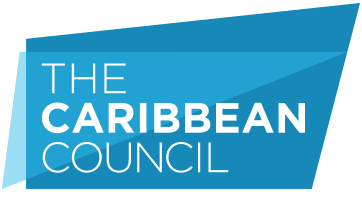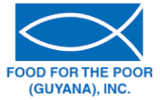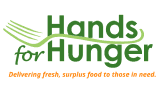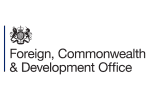Photo by elCarito
27th June 2022
Cuba has reported a continuing gradual increase in visitor arrival numbers. This is despite the almost total loss of the Russian market after March because of western sanctions following President Putin’s decision to invade Ukraine.
The Cuban National Office of Statistics and Information (ONEI) has published figures showing that the overall number of international travellers arriving in Cuba in the first five months of 2022 stood at 564,847 compared with a pre-pandemic figure of 2.3mn over the same period in 2019. In 2021 the figure for the same five months was 88,210. In addition, some 121,285 Cubans resident abroad visited in the first five months of this year compared with 10,271 in 2021. Cuba regards such visitors as returning Cubans. Some 573,944 international travellers visited Cuba in 2021.
ONEI figures indicate that Canada has resumed its place as Cuba’s leading source market, with 182,733 visitor arrivals over the five-month period, followed by Cubans residing abroad. Spain, a major source market for Cuba in previous years, ranked fifth after Russia, before visitor arrivals from that source all but ended in April. Other leading markets in descending order were the US, Germany, the UK, France, and Italy. The ONEI statistical summary to the end of May can be found at http://www.onei.gob.cu/sites/default/files/llegadas_de_viajeros_y_visitantes.mayo_2022.pdf
Cuba’s Ministry of Tourism says that it now expects to receive some 2.5mn visitors this year and receive about US$1.12bn in foreign currency earnings. In May at its international tourism fair, FITCuba, the Prime Minister, Manuel Marrero, told participants that he expected tourism to only fully recover in 2024.
Meanwhile, a meeting has taken place exploring how the country’s tourism product might be diversified to respond to changing visitor interests.
A three-day International Seminar on Journalism and Tourism held in Havana brought together Ministry of Tourism (Mintur) officials, experts, academics, and journalists as well as industry representatives to discuss the future development of the industry.
Speaking at the event, Professor José Luis Perelló, a leading Cuban tourism expert, told participants that rather than speak about recovery after the pandemic, the need now was to speak of a rebirth. In doing so, he said, it would first be necessary for Cuba to consolidate its position as a destination for sun and beach tourism. Observing that by 2030 Cuba would have in total 95,000 rooms, 28% of which would be in Havana, he observed that it was vital Cuba recognised that there is a new traveller who does not watch television, books their own flights, selects their hotel, and organizes excursions using their mobile phone.
Perelló also stressed that since few Caribbean stayover visitors travelled to more than a single destination, Cuba was competing against thirty regional tourist destinations for a relatively fixed market share. He also noted that for the sector to be sustainable it would be necessary to develop other industries supporting the sector while continuing to import essential products not produced in the region.
Other sessions noted the changing structure of the present product. In one, Alexander Sierra, Director of Development at Mintur, noted that of the 77,800 hotel rooms presently available 44.5% have a five-star rating and 29.6% four-stars. Overall, he said, 48% of properties belong to the state entities Grupo Gaviota, 22% to Cubanacán, 18% to Gran Caribe and 12% to Islazul. Of these figures, 50,000 rooms are managed by foreign hotel companies, mainly Meliá, Iberostar, BlueDiamond, Roc, Barceló, Blau, Kempinski, Accor, NH, Axel, Be Live and Sirenis.
The Caribbean Council is able to provide further detail about all of the stories in Cuba Briefing. If you would like a more detailed insight into any of the content of today’s issue, please get in touch.





